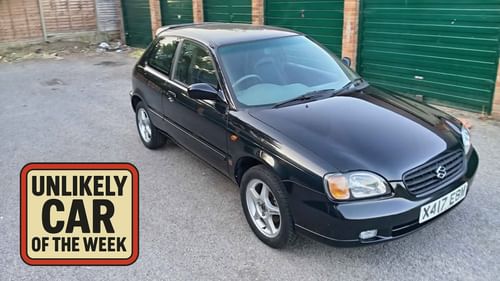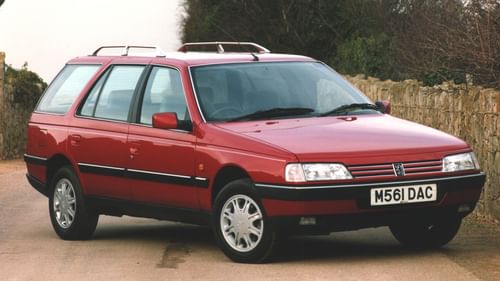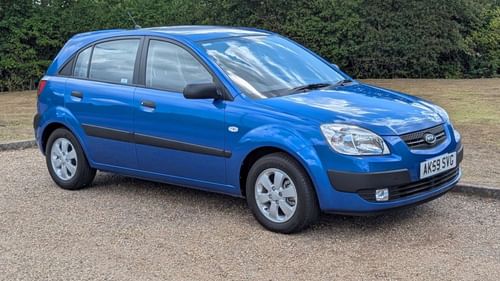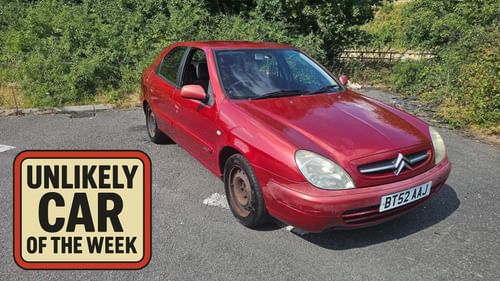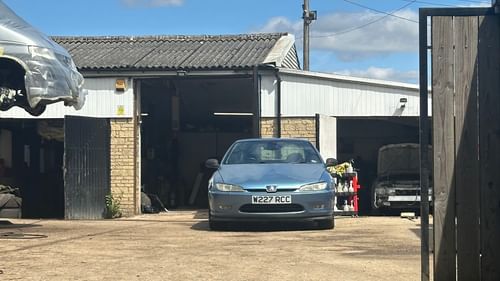
Life is all about expectations. If you expect your GM Vauxhall Conference team to battle bravely against relegation to the Northern Premier League, you’re going to be delighted to finish top of the table and enjoy a run to the third round of the FA Cup where you’re knocked out on penalties by Arsenal. Equally, if you expect your state-owned Premier League club win the title and lift the Champions League trophy, you’re going to be distraught to finish the season trophyless and just a point clear of relegation.
Expectation is a great leveller. It’s better to under-promise and over-deliver, than to promise the Earth and serve up a disappointment. By Lotus’ high standards, the Europa S wasn’t a high watermark. Too heavy. Too soft. Not focused enough. Not fit to wear the roundel, etc. With a Proton badge on it, things could have been very different.
In 1996, the Malaysian company paid £52 million for a controlling stake in Lotus following the bankruptcy of the former owner, Romano Artioli. Ahead of increasing the stake to 100% in 2003, Proton CEO Mahaleel Ariff told The New York Times: ‘That was a quick way to acquire know-how.’ Malaysia’s national car brand used this know-how to varying degrees of success, although it’s difficult to imagine the typical Impian, Savvy, GEN-2 or Jumbuck owner appreciating, or even noticing, the input from Hethel. The Satria GTI was a different proposition: a proper hot hatch, born in Japan, remodelled in Malaysia, and remastered in Norfolk.
The Europa S would have taken things to the next level. Although Lotus denied it, the car was developed in Hethel to thrust Proton into the big league, creating a halo model for the Malaysian brand to go truly global. Using the stretched version of the Elise platform as utilised by the Vauxhall VX220, Proton’s two-seat sports car would be less focused than a Lotus, slightly more practical and, crucially for a budget brand, more affordable. There was talk of a £28,000 price tag (around £45,000 today), the equivalent of two Satria GTIs or four Impians. Because you can never have too many Impians. More relevant is the fact that this would have undercut the cheapest Porsche Boxster by £3500 or cost around the same as a mid-spec BMW Z4 or Honda S2000. In Lotus terms, it would have been a fiver more than the flagship Elise Sport 135R. A massive price for a Proton, but realistic for a ‘Lotus’ with GT credentials, even one built in Malaysia.
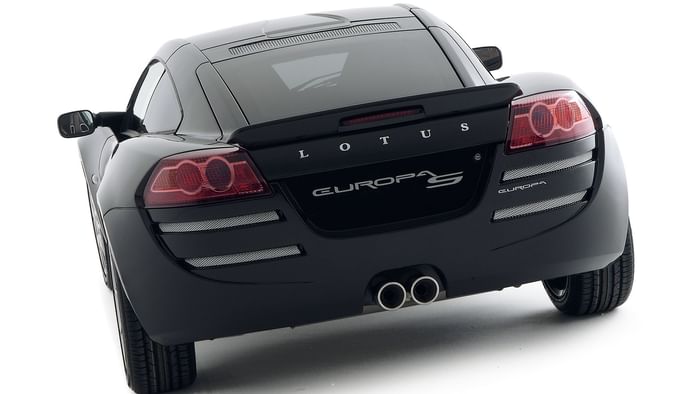
It didn’t happen. Proton got cold feet, leaving Lotus with an opportunity to create a simmering take on the Elise theme. The blown VX220’s 1998cc turbocharged engine producing 197bhp at 5400pm under the bonnet, Bilstein dampers and Eibach springs at each corner, six-speed M32 gearbox and ABS brakes were the technical headlines. Inside, the Europa S featured air conditioning, twin airbags, full carpet set, noise insulation panelling, electric windows, central locking and Alpine radio with four speakers. It weighed 995kg, tipping the scales 135kg heavier than an Elise. The price: a not-quite-Proton-like £28,000, but a mid-range-Boxster-like £33,000. Which was a problem, because the entry-level Porsche was the best of the breed; the Europa S didn’t stand a chance.
Even though Lotus lowered the lowered the sills for ease of access and raised the roof to improve headroom, critics complained that the Europa S was too cramped for a GT car. Thin seats, a small fuel tank and poor cabin plastics were other complaints levelled at the Europa S, making it hard to justify switching allegiances from Stuttgart to Hethel. As a Lotus, it fell short, but as a Proton it could have gone down as a terrific first attempt at building a sports car. A relatively affordable two-seater with extensive input from Lotus, sold in small numbers, designed to drive punters into showrooms where they could discover a rapidly improving product range.
In isolation, it stacked up. Zero to 62mph in 5.8 seconds, 143mph top speed, torquey engine, fine handling, aluminium chassis, glassfibre body and styling that, while far from attractive, set it apart from other sports cars of the era. But this wasn’t enough. The Elise offered the precision and focus demanded by Lotus buyers, while German sports cars offered the polish and poise. It meant that the Europa S fell between the cracks. Just 456 were built, including 48 SE models launched in 2008, which were faster, better to drive and finished to a higher standard. The SE was too little, too late, with production ending in 2010.
As a Proton, we could be recalling one of the most under-rated sports cars of the noughties. Instead, it’s the Lotus you’re most likely to forget.
This article first appeared in issue 26 of Classic.Retro.Modern. magazine.
